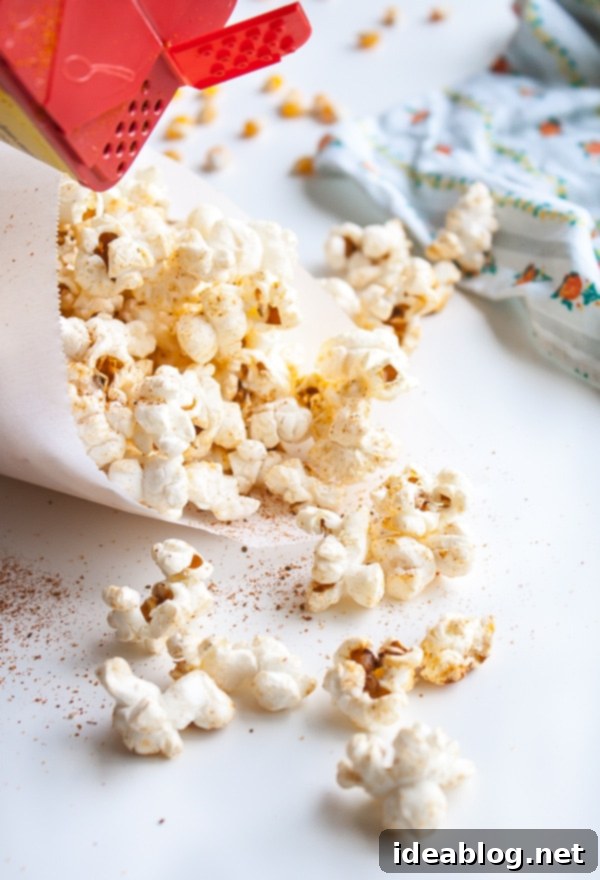The Ultimate Guide to Stovetop Old Bay Popcorn: Your New Favorite Spicy, Savory Snack
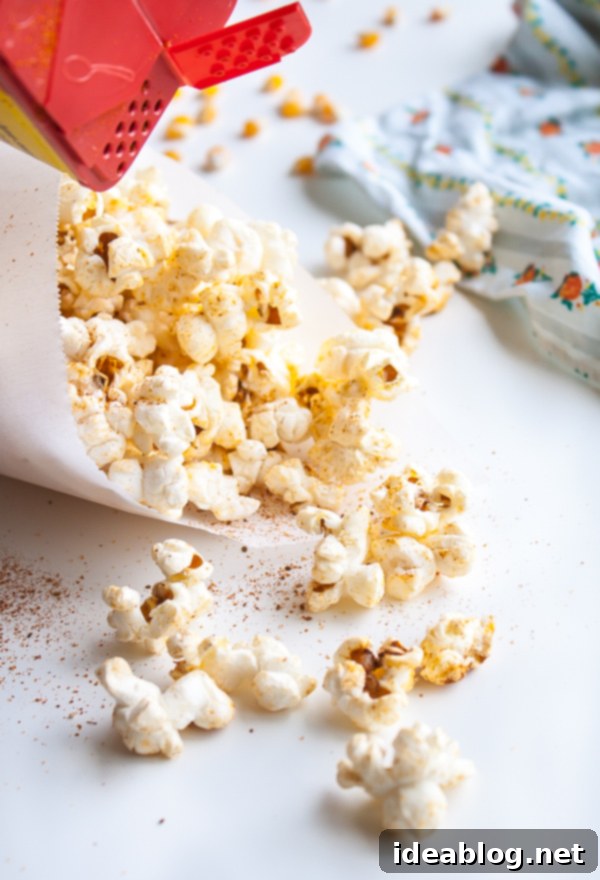
There’s a certain charm in simplicity, and sometimes, the most basic recipes yield the most extraordinary results. While sharing a recipe for popcorn might seem almost too straightforward – just kernels, oil, butter, and a spice mix – trust us when we say this isn’t just *any* popcorn. This is the ultimate **Stovetop Old Bay Popcorn**, and it’s so incredibly good, it will undeniably become your new go-to snack. Forget everything you thought you knew about popcorn; this homemade, perfectly seasoned version is a game-changer.
Even if you’re not typically a “popcorn fanatic,” the unique blend of Old Bay seasoning with warm, buttery, freshly popped corn is simply irresistible. It hits all the right notes: salty, savory, with a subtle kick that keeps you reaching for more. This delightful snack perfectly encapsulates the joy of summer, bringing together the simple goodness of corn with the iconic, summery flavors of Old Bay, all in one deliciously satisfying bite.
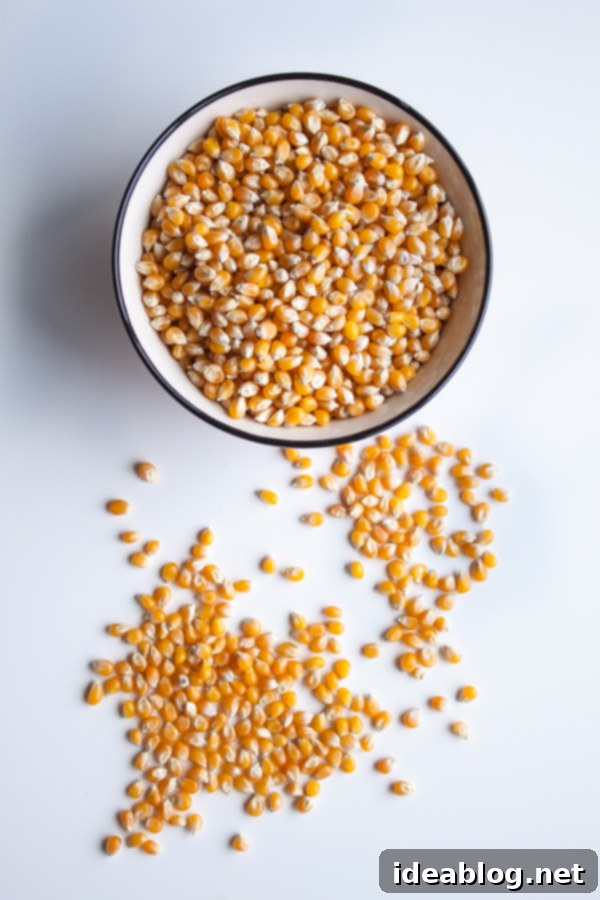
Why Stovetop Popcorn is a Culinary Revelation
For many, discovering how to make **stovetop popcorn** is nothing short of an “ah-ha” moment – a culinary epiphany similar to baking your first perfect loaf of homemade sourdough bread. It’s that exhilarating realization that you’ve been missing out on something wonderful, making you wonder, “Why haven’t I always been doing this?” If you’ve spent years relying on microwave bags, prepare for a revelation that will transform your snack game forever.
The difference between microwave popcorn and stovetop popcorn is vast, both in taste and experience. Microwave versions often come laden with artificial flavors, questionable chemicals, and an uneven popping experience. Homemade stovetop popcorn, on the other hand, offers unparalleled freshness, superior flavor, and complete control over your ingredients. It’s incredibly easy to make, remarkably affordable, and yields a light, fluffy, and perfectly crunchy result that microwave bags simply cannot replicate. Once you master this simple technique, you’ll never look back.
Beyond taste, the financial benefits are significant. A single bag of popcorn kernels, which costs just a few dollars, can last you a year or even two, providing countless batches of delicious, healthy snacks. This makes **homemade popcorn** not just a tastier option, but also an incredibly budget-friendly one. You can customize it endlessly, making it a versatile base for any flavor profile you desire, but for now, we’re diving deep into the sensational world of Old Bay.
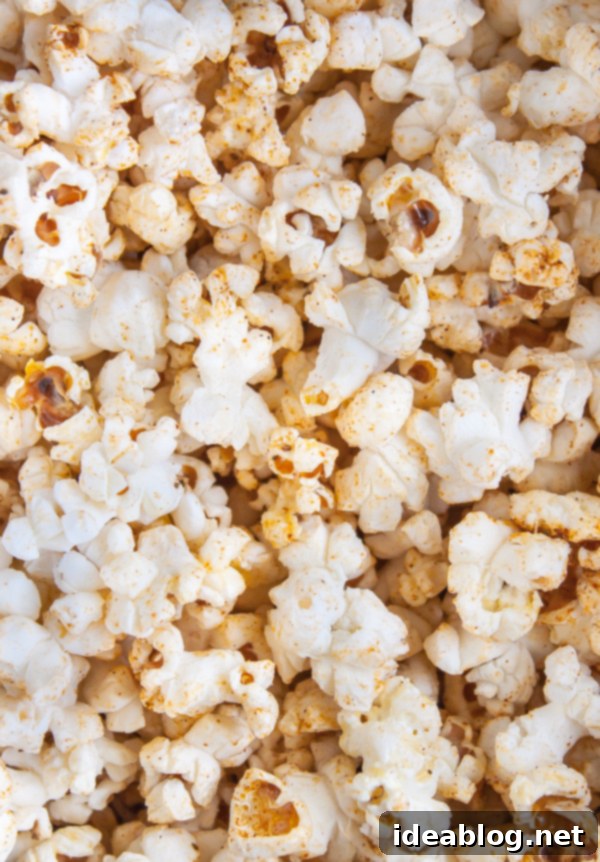
The Irresistible Allure of Old Bay Seasoning
What makes this particular popcorn so addictive? It’s the legendary **Old Bay seasoning**. This distinctive blend, famous for its association with crabs and seafood, brings a complex, zesty, and savory profile that elevates simple popcorn to gourmet heights. Originating from Maryland, Old Bay is a staple in many kitchens, known for its iconic combination of celery salt, paprika, red pepper, and black pepper, among other secret spices. Its flavor is bold yet balanced, offering a warming spice that’s not overly hot, and a deep umami that’s incredibly satisfying.
When paired with the neutral canvas of popcorn and rich melted butter, Old Bay truly shines. The salty butter adheres perfectly to every craggy piece of popcorn, acting as the ideal vehicle for the seasoning. The result is a snack that’s bursting with flavor, from the moment you take your first bite until the very last kernel. Because Old Bay already contains salt, the finished product is perfectly seasoned, eliminating the need for additional salt and ensuring a balanced taste. It has just enough of a “kick” to tantalize your taste buds and have you coming back for handful after handful.
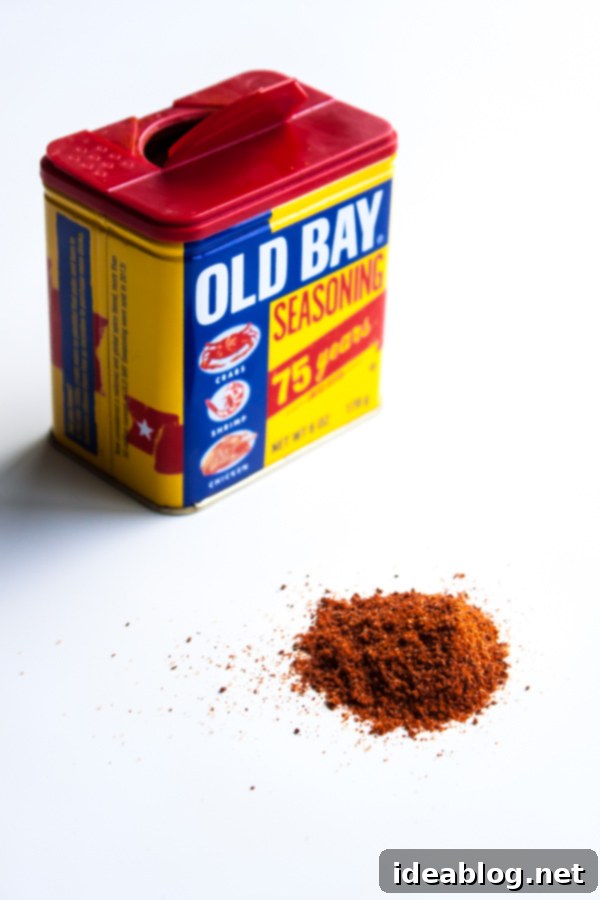
Mastering the Art of Stovetop Popcorn
Making **stovetop popcorn** is a simple process, but a few key tricks will ensure consistently perfect results every time. Here’s a detailed breakdown of the technique:
- **Choose the Right Pot:** Start with a large, heavy-bottomed pot, ideally 5-6 quarts in size, with a tight-fitting lid. A heavy bottom ensures even heat distribution, preventing kernels from scorching.
- **Select Your Oil:** Heat a small amount of high smoke point oil in the pot. Safflower oil is excellent, but canola, coconut oil, or even melted ghee (clarified butter) work beautifully. The oil helps transfer heat to the kernels and prevents them from sticking.
- **The Test Kernel Method:** This is crucial for gauging the perfect temperature. Add just 3-4 kernels to the pot, cover, and place it over medium-high heat. Wait patiently until these test kernels pop. This indicates that your oil has reached the ideal temperature for popping without burning.
- **Add Remaining Kernels:** As soon as the test kernels pop, immediately add the rest of your popcorn kernels in a single layer. Remove the pot from the heat for about 30 seconds to allow the overall temperature to even out, preventing the first kernels from burning before the rest begin to pop.
- **Cover and Shake:** Return the pot to medium or medium-low heat and cover it tightly with the lid. The key to even popping and preventing burning is to gently shake the pot back and forth continuously or every few seconds. This keeps the kernels moving and ensures they are exposed to consistent heat.
- **Listen and Don’t Peek:** Resist the urge to lift the lid! Steam and heat are essential for popping. Listen carefully. The popping will start slowly, then intensify, and finally slow down dramatically.
- **Remove from Heat:** Once the popping slows to several seconds between pops (similar to how you gauge microwave popcorn), immediately remove the pot from the heat. Don’t wait for all sounds to stop, as residual heat can quickly burn the popped kernels.
- **Immediate Transfer:** As soon as you take the pot off the heat, dump the hot popcorn into a large bowl. This stops the cooking process and prevents it from becoming soggy from trapped steam.
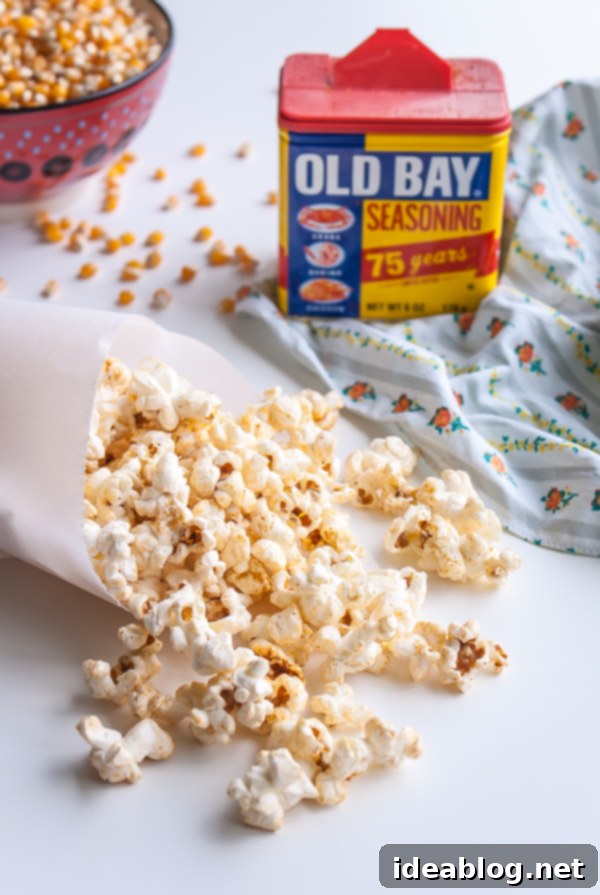
Perfecting Your Old Bay Popcorn
Once your popcorn is perfectly popped, it’s time for the magical flavoring. Drizzle the warm popcorn generously with melted unsalted butter. Using unsalted butter is important because Old Bay already contains salt, giving you more control over the final seasoning. Toss the popcorn gently but thoroughly to ensure every piece gets a lovely buttery coating. Then, liberally sprinkle a generous amount of Old Bay seasoning over the buttered popcorn. Toss again until the seasoning is evenly distributed and every kernel is coated with that iconic reddish-orange spice. Serve immediately and enjoy the warm, spicy, and utterly addictive flavor!
This **Old Bay popcorn recipe** is not just a snack; it’s an experience. It’s the perfect companion for movie nights, game days, summer gatherings, or simply when you’re craving something truly delicious and easy to make. The depth of flavor from the Old Bay, combined with the crispness of fresh, homemade popcorn, creates a snack that feels both nostalgic and excitingly new.

Old Bay Popcorn
Pin
Review
SaveSaved!
Ingredients
- 2 tablespoons (30 mL) safflower oil (or other high smoke point oil like canola or coconut oil)
- ½ cup yellow corn kernels
- 2 tablespoons (30 g) unsalted butter melted
- 1 tablespoon + 1 teaspoon Old Bay seasoning (adjust to taste for desired intensity)
Instructions
-
Begin by melting the unsalted butter. Place it in a small microwave-safe bowl, cover it lightly, and melt it in the microwave. Once melted, set it aside at room temperature so it’s ready when your popcorn is done.
-
Heat the chosen oil (safflower, canola, or coconut) in a large saucepot (preferably a 5-quart pot) over medium-high heat. To test if the oil is hot enough, add 3 to 4 corn kernels to the pot and cover it. Wait until these test kernels have popped. Immediately remove the pot from the heat, add the remaining popcorn kernels in an even layer, and cover the pot tightly with the lid again. Let it rest off the heat for 30 seconds to allow the temperature to equalize.
-
Return the pot to the stove and reduce the heat to medium or medium-low. Once the popping begins, start gently shaking the pan back and forth. You can hold the lid closed with one hand and the pot handle with the other. Continue shaking consistently as the popcorn pops. This ensures even cooking and prevents burning. Continue this process until the popping significantly slows down, with several seconds between pops. Remove the popcorn from the heat as soon as it slows.
-
Quickly dump the freshly popped popcorn into a very large bowl. Immediately drizzle the melted butter over the popcorn and toss thoroughly to ensure every kernel is lightly coated. Next, sprinkle the Old Bay seasoning over the buttered popcorn. Continue to toss the popcorn vigorously until the spice mixture is evenly distributed and clinging to all the kernels. Serve your homemade Old Bay Popcorn immediately for the best flavor and texture.
Storage:
- For optimal freshness and crispness, Old Bay Popcorn is best enjoyed immediately. However, if you have leftovers, they can be stored in an airtight container or a large Ziploc bag at room temperature for up to three days. Note that the popcorn may lose some of its crispness over time, but the flavor will remain delicious.
